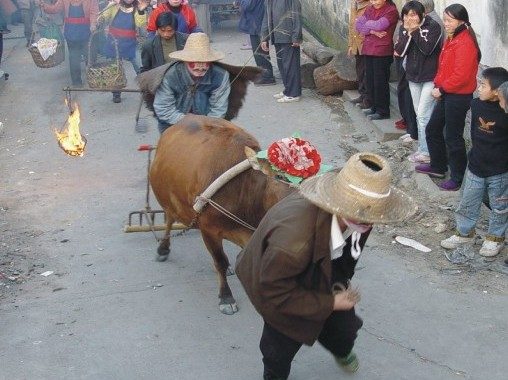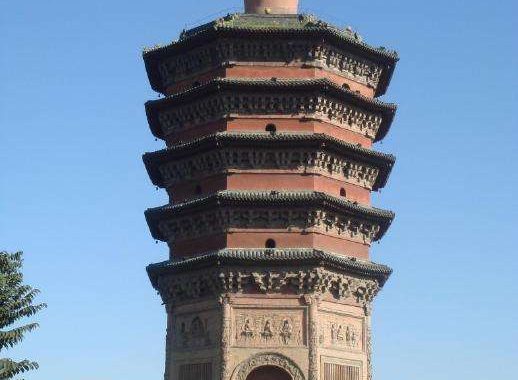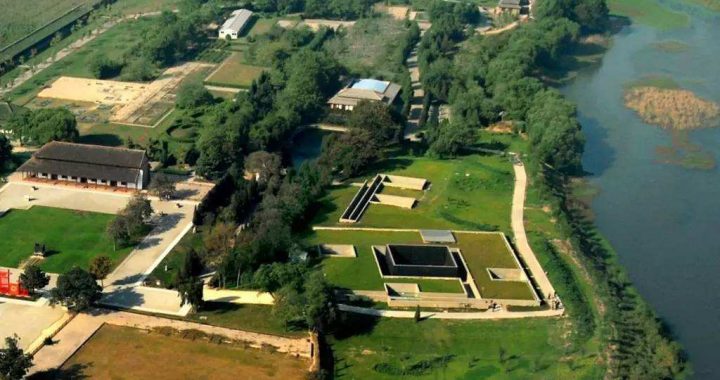Glory of Yin Ruins
4 min readAs is mentioned, Yin was reduced to ruins in fires at the Shang dynasty’s collapse. Descriptions of Yin ruins can be found in lots of historical records, but its exact location remained a mystery until the discovery of the oracle-bone inscriptions at the end of 19th century.
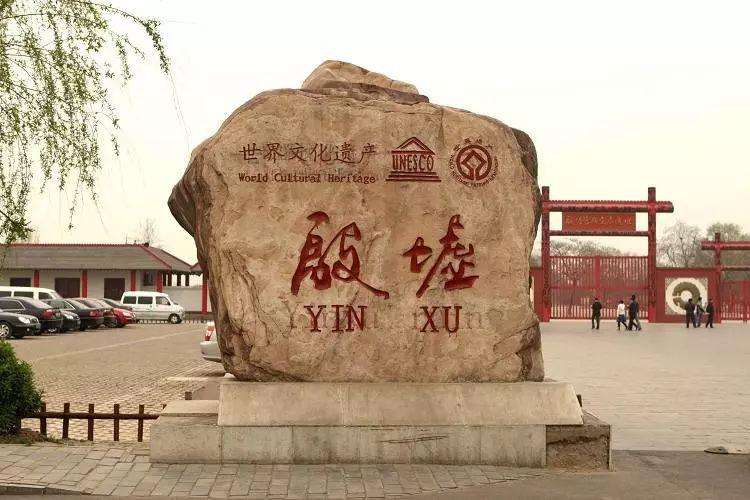
In 1899, Wang Yirong, an expert dedicated to the study of ancient inscriptions, accidentally discovered some animal’s breastbones engraved with characters in Xiaotun Village of Anyang. Further examination and study revealed Xiaotun is exactly where the Yin Ruins used to be.
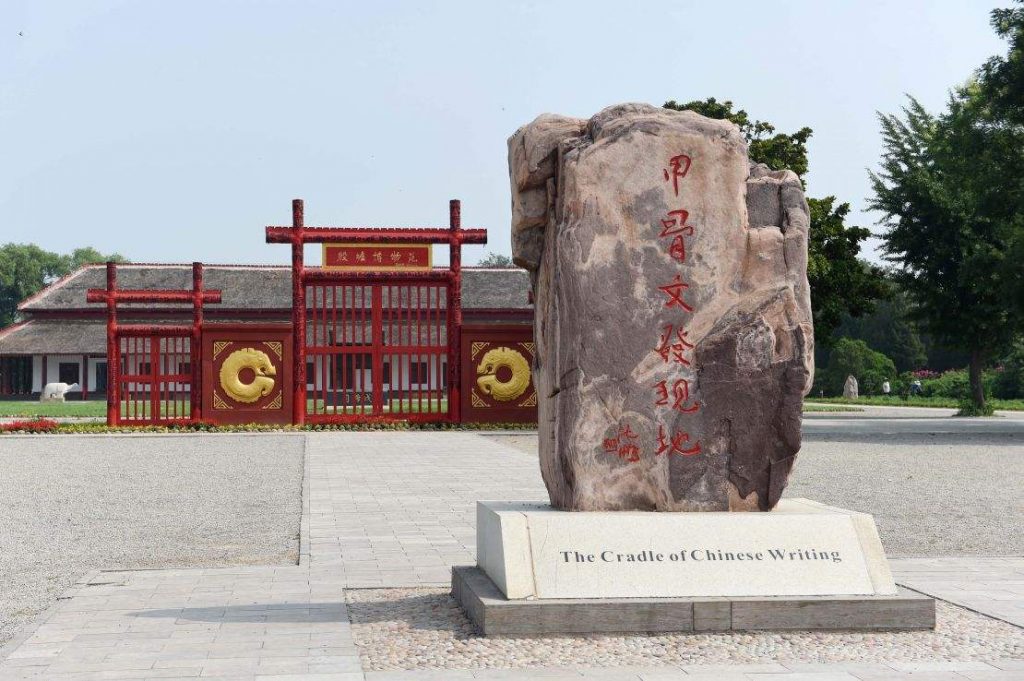
Excavated Yin ruins could be divided into four areas: the royal palace area, the civilian residential area, the handicraft workshop area and the burial area.A lot of ancient treasures were unearthed, which contribute to the research of the social life and economic productions here three millennia ago.
Xiaotun and Huayuan Villages on the south bank of Huanshui River used to be where the royal palaces were and is the center of Yin ruins. In the 1930s, excavations of the ruins brought to light more than fifty house foundations and almost three hundred caves, which cover over 35,000 square meters.A1l the housefoundations discovered here are arranged orderly in pairs from south to north.
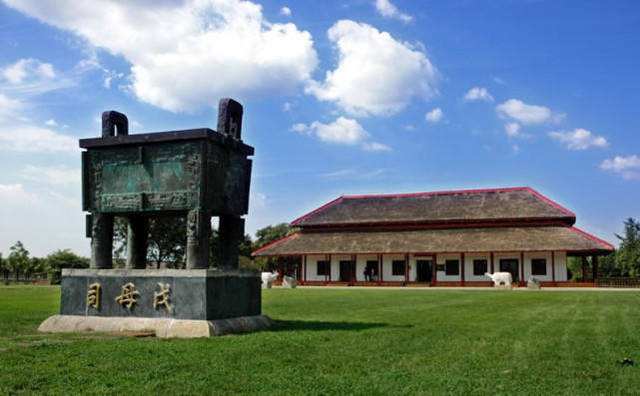
Another fifteen smaller house foundations have been found at the turn of the Huanshui River. In the south, there are larger foundations with luxurious tombs, inside which men, animals, carts and horse were buried. This part is probably where the ancestral shrines of the Shang dynasty were. To the southwest of the ancestral shrines, burned earth and ashes of sheep bones have been found. Thus it can be estimated this part is where altar was.
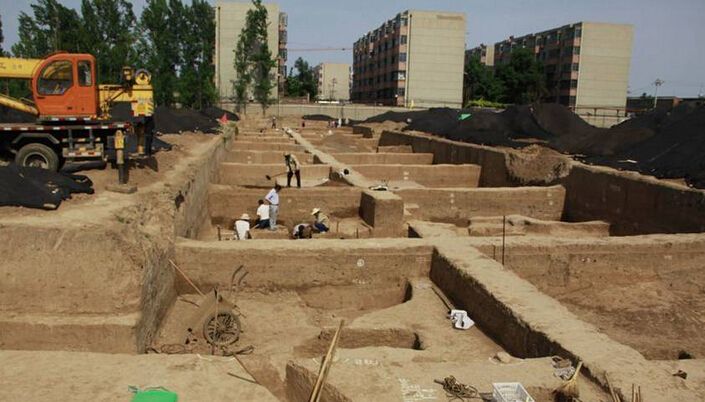
In the 1980s, another large group of sites of palaces was excavated by Chinese Academy of Social Sciences. This discovery further expands the area of royal palaces and ancestral shrines. Also discovered were man-made facilities for flood discharge in the west around two hundred meters away from the ruin’s center. About 1100 meters from north to south and 650 meters from east to west, the facilities were large enough to surround the west and the east sides of the area of royal palaces and ancestral temples and to form a circle with the Huanshui River which went around the palaces and temples in the east and north.

The burial area of Yin ruins was divided into parts: the royal tomb area on the northern bank of Huanshui River and tomb area for nobles and civilians on either banks of Huanshui River. The royal tombs were built on the highland on the northern bank in order to ensure successful drainage. Decades of large scale excavations since 1930s in the area made known 10 mausoleums, one unfinished, and over 1000 sma1l tombs.A1l these, together with other mausoleums and sacrifice holes discovered later, are of great value for the study of graves of the Shang dynasty.
Despite various shapes, Yin tombs were all orderly arranged. Large amounts of bronze, jade and pottery artifacts were still unearthed after years of tomb raids, indicating the abundance of the funeral objects that were buried.
· Vessel, bronze ware made in the Shang dynasty
The Rectangular Ox-head Ding (a bronze ceremonial instrument) and the Rectangular Deer-head Ding (also a bronze ceremonial instrument), unearthed from Tomb No.1004, have attracted wide attention for both big size and delicate carvings. The discovery of a lot of weapons including more than 100 bronze helmets and 300 bronze spear-heads, and almost 400 dagger-axes also proved Anyang the military center in the Shang dynasty.
The royal tomb area in Yin ruins which is the earliest royal tomb area known in China will contribute to the study of the Shang dynasty in all aspects and the construction of the ancient royal tombs.
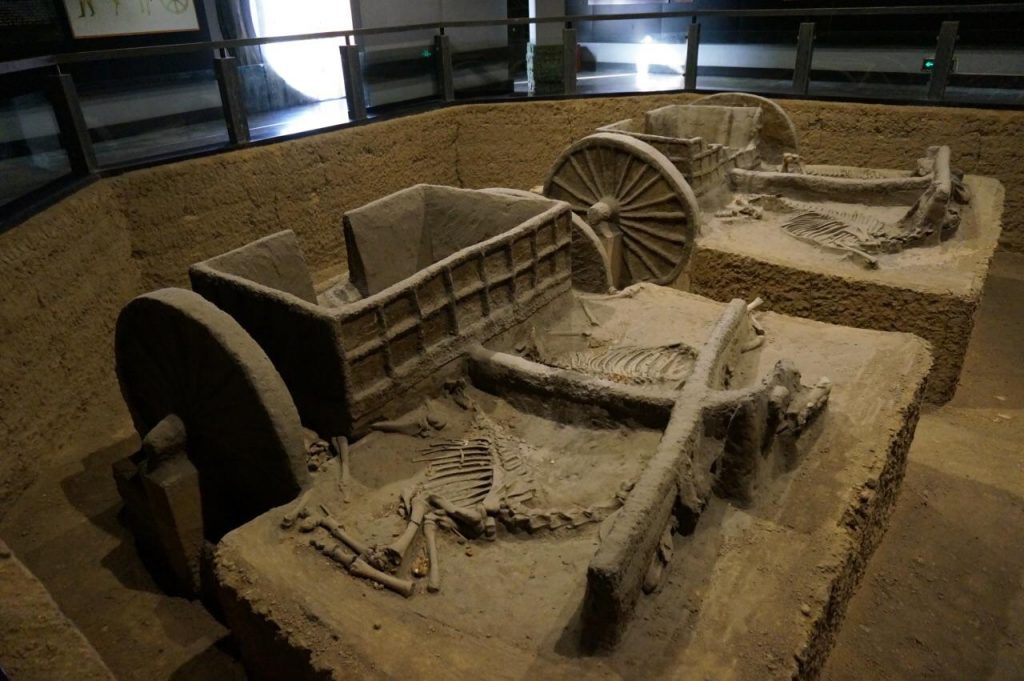
· Xiaozun, owl-shaped drinking-cup, bronze ware made in the late Shang dynasty(left) Drinking-cup decorated with gold tiger and ivory handles, bronze ware made in the Shang dynasty (right) Civilian tombs and tombs of nobles at Yin ruins are widely scattered with independent tombs and those located around houses. Some tombs of nobles are quite large with numerous burial objects, among which Tomb of Fu Hao is most frequently referred to.
Excavated in 1976, Tomb of Fu Hao was built for Fu Hao, the wife of the 23rd King of the Shang dynasty. Standing at so high a position, the woman had abundant treasures sleeping by her side, including over 700 jade artifacts as well as delicate jade beings, jade phoenixes, and jade dragons, all of which are a mirror to the high carving skills in the late Shang dynasty.
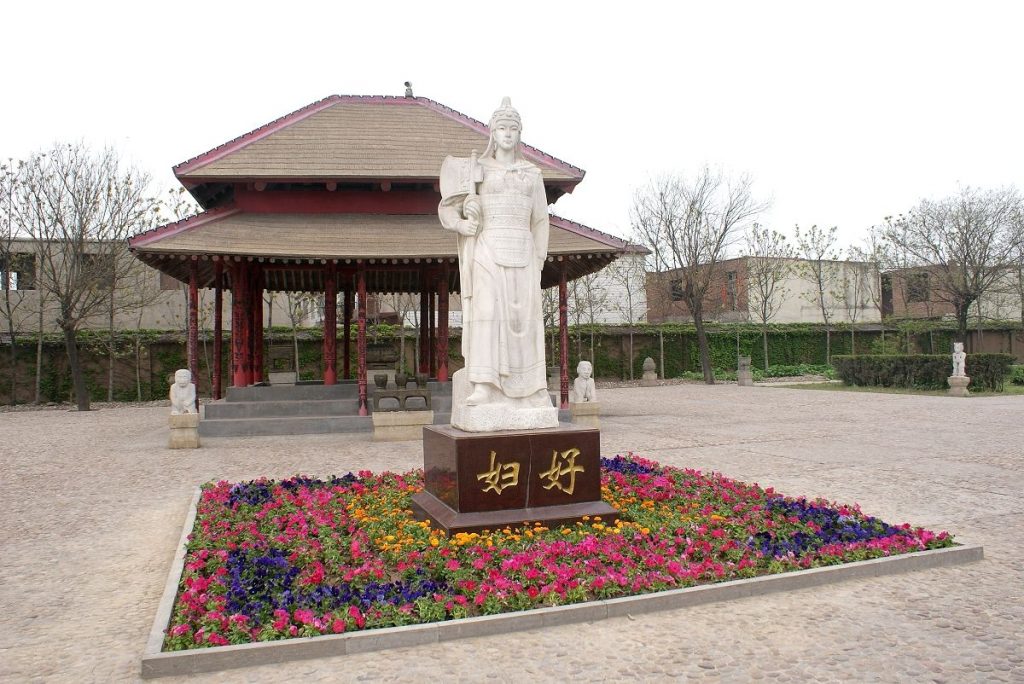
Besides, unearthed bronze agricultural tools such as bronze shovels, hoes, and knives also give a glimpse of the advancement of the handicraft industry and the agricultural industry.
